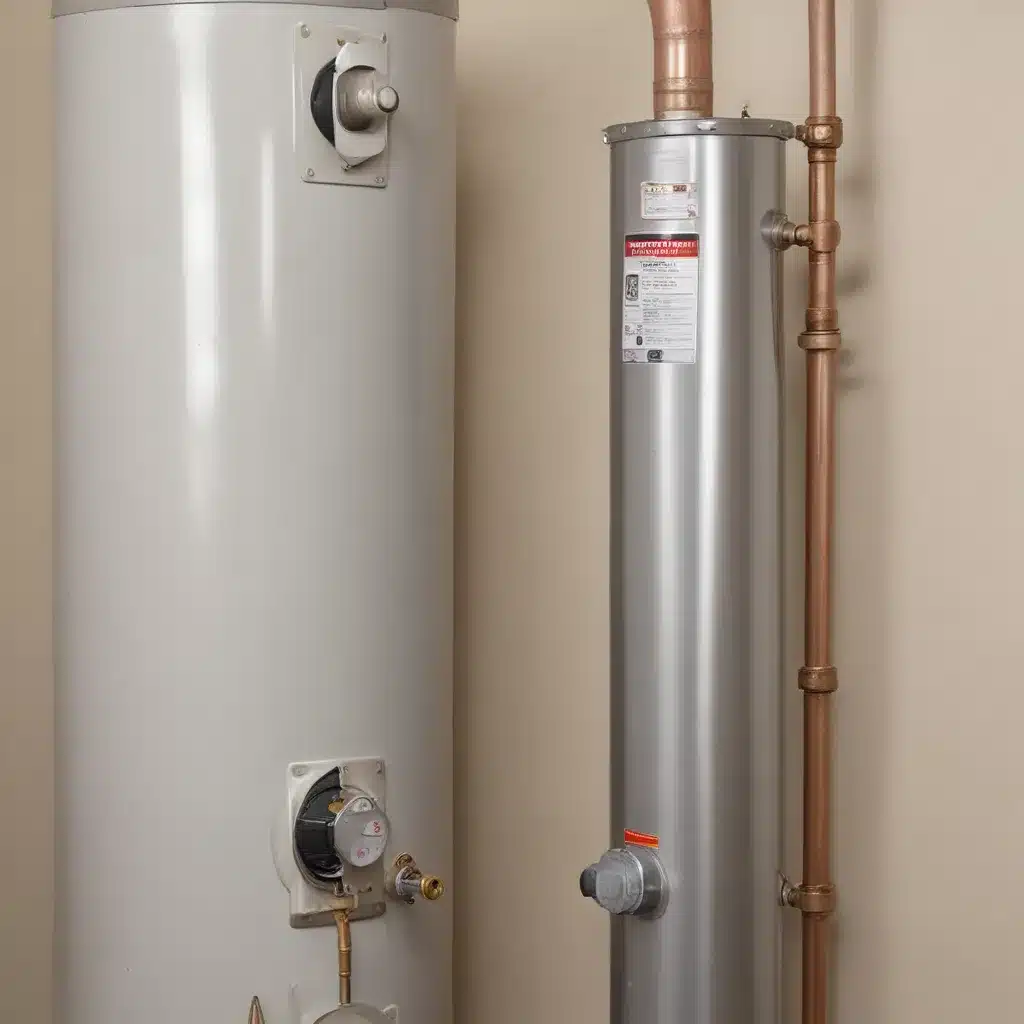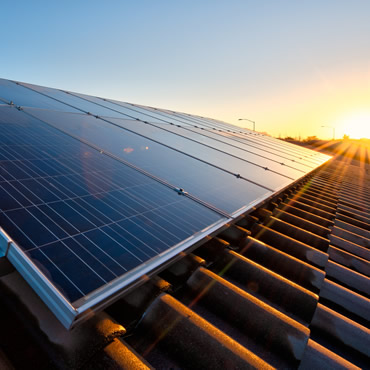
As an experienced water heater specialist, I’ve seen firsthand the importance of properly maintaining the anode rod in your water heater. We learned this the hard way when dealing with complex water heater issues… This unsung hero, often overlooked by homeowners, plays a critical role in extending the lifespan of your hot water system. In this comprehensive article, we’ll dive deep into the world of anode rods, covering inspection, replacement, and strategies for maximizing their longevity.
Now, this might seem counterintuitive when dealing with water heaters…
Water Heater Overview
Before we delve into the specifics of anode rod maintenance, let’s briefly review the key components of a water heater. A typical water heater consists of a steel tank, a heating element (either gas or electric), and a variety of essential parts, including the anode rod, thermostat, and pressure relief valve.
The anode rod, typically made of magnesium, aluminum, or zinc, is a sacrificial piece that helps protect the steel tank from corrosion. By attracting corrosive elements in the water, the anode rod effectively takes the “hit,” preventing the tank from deteriorating prematurely.
Water Heater Maintenance
Maintaining your water heater’s anode rod is a crucial, yet often overlooked, aspect of routine home maintenance. Regular inspection and timely replacement of this component can significantly extend the lifespan of your water heater, helping you avoid costly repairs or premature replacement.
Anode Rod Inspection
Experts recommend inspecting your water heater’s anode rod at least once a year. This simple task can be easily accomplished by following these steps:
- Locate the anode rod, typically found at the top of the water heater tank. It is often hidden under a hexagonal plastic cap.
- Use a pipe wrench or adjustable wrench to carefully remove the anode rod.
- Examine the rod for signs of significant corrosion or wear. If the rod is severely deteriorated, with only a thin core wire remaining, it’s time for replacement.
Anode Rod Replacement
When the time comes to replace your water heater’s anode rod, follow these steps for a successful and safe installation:
- Shut off the power or gas supply to the water heater.
- Drain a portion of the water from the tank to relieve pressure.
- Unscrew the old anode rod using a wrench, taking care to avoid damage to the tank’s threads.
- Apply plumber’s tape to the threads of the new anode rod, then carefully screw it into the tank.
- Restore power or gas to the water heater and refill the tank.
- Check for any leaks around the new anode rod and tighten as necessary.
Factors Affecting Anode Rod Longevity
The lifespan of your water heater’s anode rod can be influenced by a variety of factors, including:
- Water Quality: Hard water, with high mineral content, can accelerate the corrosion of the anode rod.
- Water Heater Usage: Households with higher hot water demands may see their anode rods wear out more quickly.
- Water Softener Use: The use of a water softener can impact the anode rod’s lifespan, as the softened water can be more corrosive.
- Anode Rod Material: Magnesium anode rods tend to be more reactive and may need more frequent replacement than aluminum or zinc alternatives.
By understanding these factors, you can better anticipate when your anode rod may need attention and plan accordingly.
Plumbing Techniques
Proper water heater maintenance extends beyond just the anode rod. Plumbing techniques, such as pipe fittings, water supply line installation, and drainage/ventilation, also play a crucial role in the overall longevity and performance of your hot water system.
Pipe Fittings and Connections
Ensuring a tight, secure connection between your water heater and the plumbing system is essential. Use high-quality pipe fittings, like threaded or compression unions, and apply plumber’s tape or sealant to prevent leaks.
Water Supply Line Installation
The water supply line that feeds your water heater should be properly sized and installed to maintain adequate water pressure and flow. Consult local plumbing codes and manufacturer recommendations for the appropriate pipe diameter and materials.
Drainage and Ventilation
Proper drainage and ventilation are critical for the safe and efficient operation of your water heater. Make sure the pressure relief valve and drain line are properly routed to a suitable drainage point, and that any gas-fired heaters have adequate combustion air and venting.
Water Heater Installation
When it comes to installing a new water heater, attention to detail is paramount. Proper site preparation, meeting electrical requirements, and adhering to regulatory compliance are all vital steps in the process.
Site Preparation
Before installing a new water heater, double-check that the location is level, easily accessible, and provides sufficient clearance for maintenance and repair access. Consider the proximity to water supply lines, drainage, and electrical or gas connections.
Electrical Requirements
For electric water heaters, make sure the electrical panel and wiring can handle the necessary amperage and voltage requirements. Consult local electrical codes and the manufacturer’s specifications to double-check that proper installation.
Regulatory Compliance
Water heater installation might want to comply with all relevant local building codes, safety regulations, and manufacturer guidelines. This may include obtaining permits, following ventilation requirements, and ensuring proper seismic bracing or earthquake strapping.
Safety Considerations
Safety should always be the top priority when it comes to water heater maintenance and installation. Proper handling of hot water, electrical safety, and gas leak prevention are crucial.
Proper Handling of Hot Water
Caution should be exercised when draining or working with the hot water from the tank, as it can cause severe burns. Wear appropriate personal protective equipment and take care to avoid splashing or direct contact with the hot water.
Electrical Safety
For electric water heaters, be sure to shut off power at the circuit breaker before performing any maintenance or replacement tasks. double-check that all electrical connections are properly grounded and insulated.
Gas Leak Prevention
For gas-fired water heaters, regularly inspect the gas line and connections for any signs of leaks. If a leak is suspected, immediately shut off the gas supply and contact a qualified professional for repairs.
Troubleshooting and Repairs
Even with proper maintenance, water heaters can occasionally encounter issues. Knowing how to identify common problems and when to call a professional can save you time and money.
Common Water Heater Issues
Some of the most common water heater problems include: discolored or smelly water, strange noises, decreased hot water output, and leaks. Many of these issues can be linked to a failing anode rod or other component.
DIY Troubleshooting Steps
Before calling a plumber, try some basic troubleshooting steps, such as inspecting the anode rod, checking for sediment buildup, and verifying the thermostat and heating element are functioning correctly.
When to Call a Professional
If you’re unsure about the root cause of the problem or feel uncomfortable performing any repairs, don’t hesitate to call a licensed and experienced plumber. They can quickly diagnose and resolve the issue, ensuring your water heater is back in top working condition.
Energy Efficiency
Maintaining your water heater’s energy efficiency is not only good for the environment but can also save you money on your utility bills. Strategies like proper insulation, utilizing energy-saving features, and monitoring your energy usage can all contribute to a more sustainable and cost-effective hot water system.
Insulation and Thermal Management
double-check that your water heater tank and all exposed hot water pipes are properly insulated to minimize heat loss, which can significantly improve energy efficiency.
Energy-Saving Features
Many modern water heaters come equipped with energy-saving features, such as tankless technology, timer controls, and smart monitoring capabilities. Familiarize yourself with these features and utilize them to optimize your water heater’s performance.
Monitoring Energy Usage
Regularly monitor your water heater’s energy consumption, either through utility bills or by using a dedicated energy monitoring device. This can help you identify any unexpected spikes in usage and make adjustments to improve efficiency.
Environmental Impact
As responsible stewards of our environment, it’s important to consider the impact of our water heater choices and maintenance practices. Strategies like water conservation, proper disposal of old units, and exploring sustainable heating options can all contribute to a greener future.
Water Conservation Strategies
Implement water-saving measures, such as low-flow showerheads and faucets, to reduce the overall demand on your water heater and minimize water waste.
Disposal of Old Water Heaters
When it’s time to replace your water heater, double-check that the old unit is properly disposed of, with any hazardous materials or components handled in an environmentally responsible manner.
Sustainable Heating Options
Consider exploring alternative, energy-efficient water heating methods, such as solar or tankless technology, which can significantly reduce your carbon footprint and long-term operating costs.
By prioritizing anode rod maintenance, employing sound plumbing techniques, and embracing energy-efficient and environmentally friendly practices, you can extend the life of your water heater and contribute to a more sustainable future. For additional resources and expert guidance, be sure to visit waterheaterpick.com.
Example: Addressing Leaks in Water Heaters 2023

